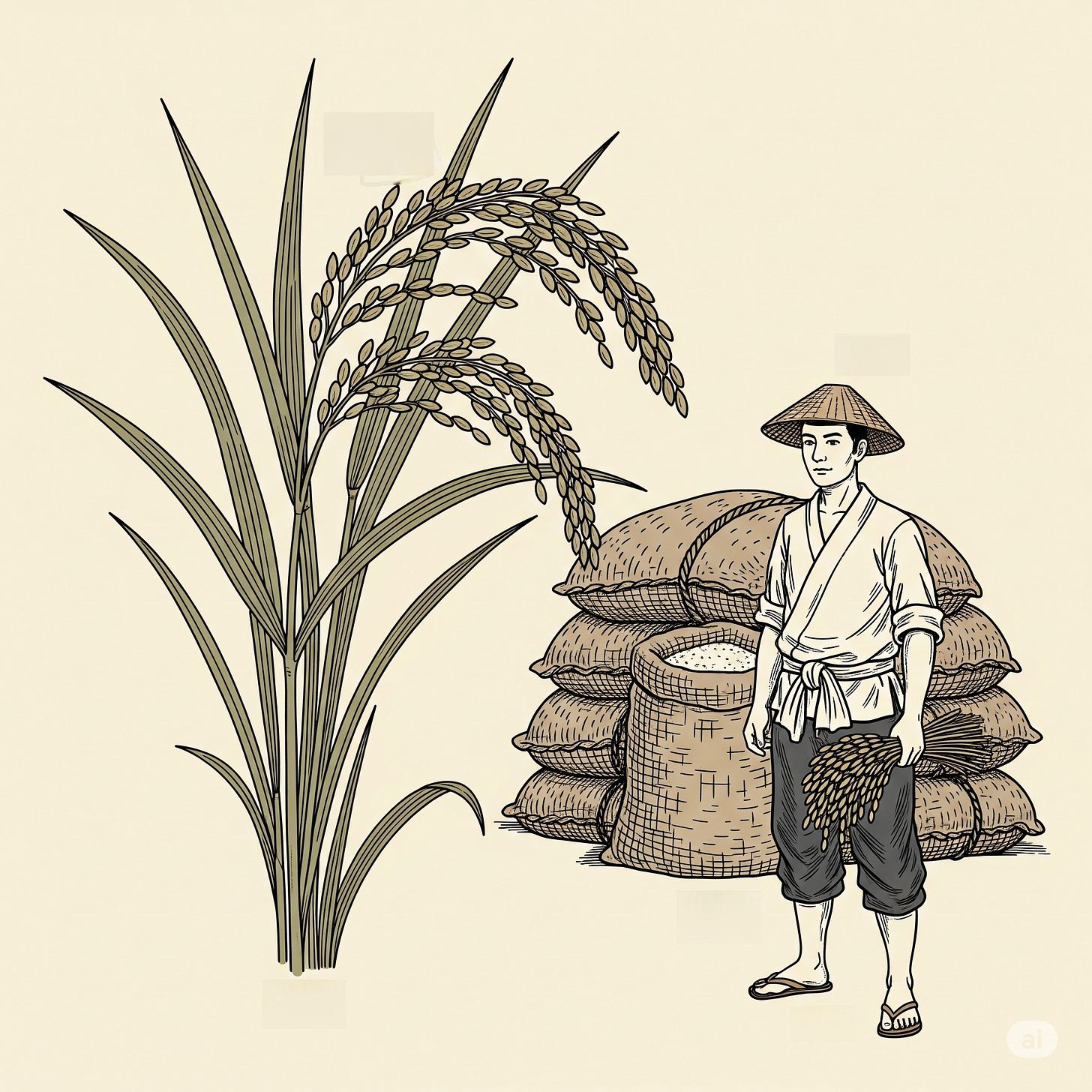Piling up intentions with "tsumori"
The word tsumori, almost always just written in kana as つもり, means “I expect”. Often, it’s something you expect because you yourself are planning it.
いくつもり
Iku tsumori
I plan to go.
But what’s the difference between this and just saying いく, meaning “Yes, I’ll go”? Well, tsumori is more conditional. I asked a couple of native informants1:
「いくつもり」とは言ったが結局行かないことになってしまう確率は何 % ぐらいでしょうか?
If you said 「いくつもり」 what is the rough probability that you might end up not going after all?
One said:
そうね。大体の場合、ぼくはちゃんと行きます。10%~20% くらいかな。
Sou ne. Daitai no baai, boku wa chanto ikimasu. 10%-20% kurai ka na.
Right. Usually I’d go like I said. Maybe 10—20%.
And another:
10%くらいかな?人によって色々な気がする。
10% kurai ka na? Hito ni yotte iroiro na ki ga suru.
Maybe around 10%? It might be different for different people I’d say..
The point is that you might not end up going if something unexpected happened. Plans change. So tsumori is a way to express an intention, subject to some smallish probability of something unexpected intervening.
There’s another nuance here too, which is that a tsumori has some thought behind it. You explicitly made a plan, or analyzed some situation for the expected outcome.
This word is in the top 1000 in frequency.
The Origin of つもり
It’s interesting that English would usually express this kind of stance towards some eventuality using a verb or a modal verb (“I hope to…”), or perhaps an adverb. But the Japanese have instead chosen to express this stance with a verbal noun—tsumori, a nominalized form related to the verb tsumoru. The linguists have a word for this: grammaticalization. It’s when a regular word is borrowed into a grammatical role. We have learned another example of grammaticalization: hazu, which means notch (like in an arrow), evolving to mean “ought to”, which we wrote about here. This is a good example of how Japanese repurposes everyday nouns to serve grammatical roles—a useful insight for language learners who might otherwise look for direct verb equivalents.
Tsumoru means to pile up, like snow. To accumulate. The pile has to be all of the same “stuff”, and grow higher. In modern usage, in addition to physical things, all kinds of abstract things can pile up, like concerns.
What do we know about the origin of this old Japanese word?
Quick answer: it’s related to tsumu, to pile up or load. Tsumu over time developed an intransitive counterpart tsumoru, which describes something accumulating or piling up on its own, such as snow or feelings. Ru is a typical intransitive verb ending in old Japanese.
Although in other Japanese words tsu at the beginning is a kind of prefix, here it’s just part of the root tsumu.
We might be tempted to see a connection to moru, meaning to “fill or dish up”, like an 大盛 (oomori, large portion) bowl of rice at a katsudon place, but apparently, or say the etymologists, that is not the case.
But why tsumori?
One plausible theory, albeit speculative, is that tsumori came to mean “intention” or “plan” or “expectation” by analogy with individual elements piling up in your head. Your thinking processes deposit layers of thought in your brain which form a plan or constitute an intention.
The Kanji 積
If you really want to write tsumori in kanji, it would be 積り. That’s a stalk of rice on the left (nogi-hen, the “grain” radical”, 禾); the character 責 on the right contributes the phonetic value of seki (the “on-yomi”). That’s a classic phono-semantic compound (形声文字, keisei-moji), like the bulk of Chinese characters. But once again in this case we see the right-hand element also contributing meaning, namely that of “responsibility” (which we wrote about here). So the whole thing suggests “the rice you’re responsible for”—in other words “your rice pile”!
That actual derivation seems like a pretty good way to remember this kanji, but some kanji study sites which shall remain unnamed insist on peddling ridiculous narratives that are supposed to help your recall, like “Grains get blamed for how much they accumulate”. Ugh.
To learn more about this character, you can visit our sister site Kanjiism, where you can also get AI-based insights into the character and even chat with an AI tutor about it (free registration required to get the AI features). Please feel free to leave your impressions in the comments.
Homework, or topics for future posts
Why is the radical 禾 called nogi?
What is the difference between つもりです and
つもりでいます
つもりではいます
行こうと思っている
Learn constructions like ~つもりだったのに (tsumori datta no ni, “although I was hoping/expecting/imagining/planning that…”).
What is this character doing in the word 見積 (mitsumori, “estimate”)?
Study つもりはない—”I have no intention of…”, “far be it from me”.
What are the nuances of 心づもり (kokoro-zumori, “mind plan”) and 腹づもり (hara-zumori, “gut plan”)?
Why is this character found in 積極 (sekkyoku, proactive)?
My two lovely sons.


